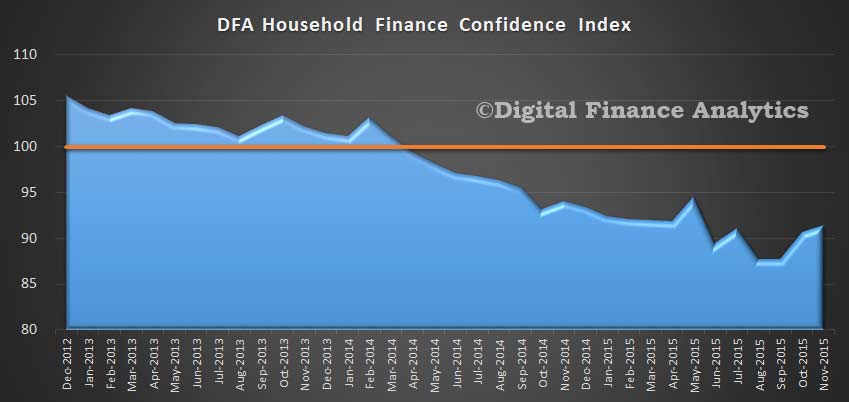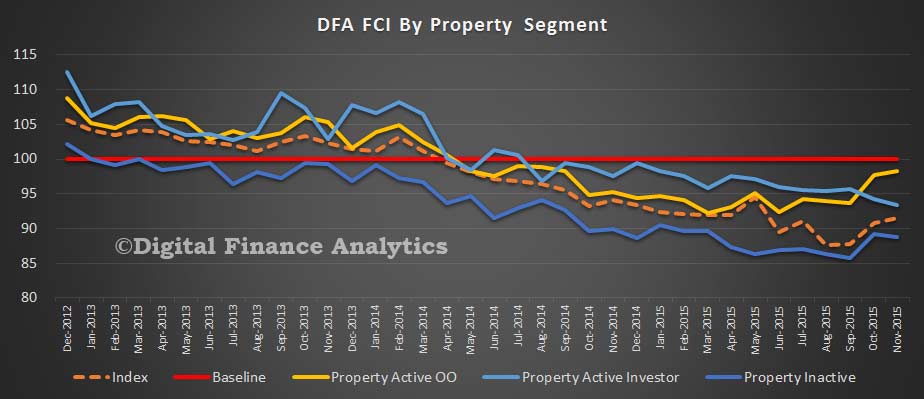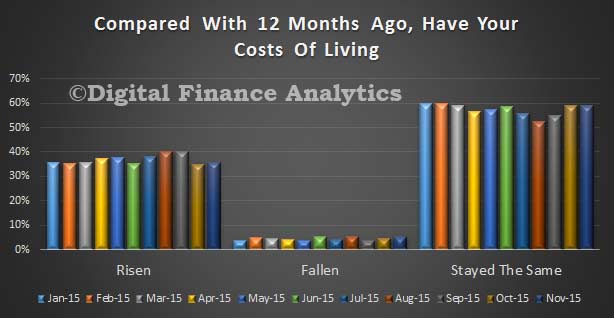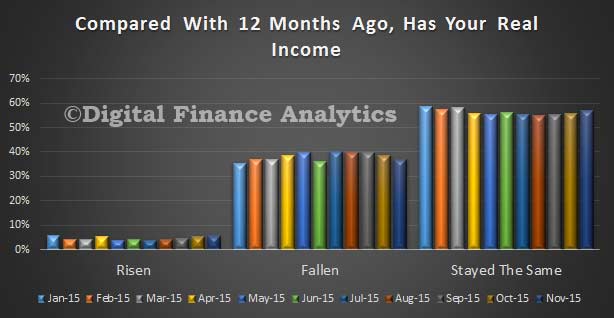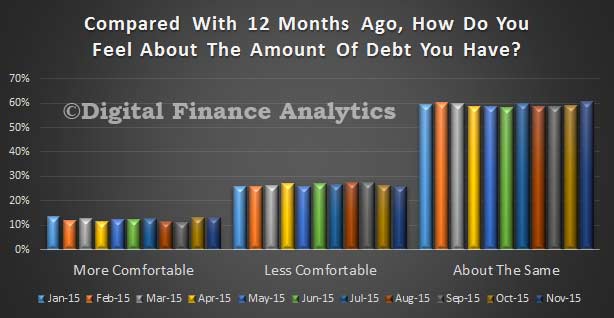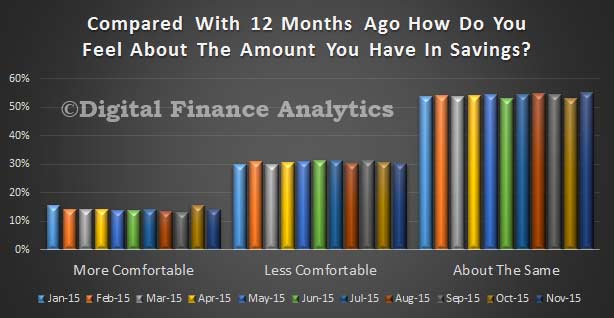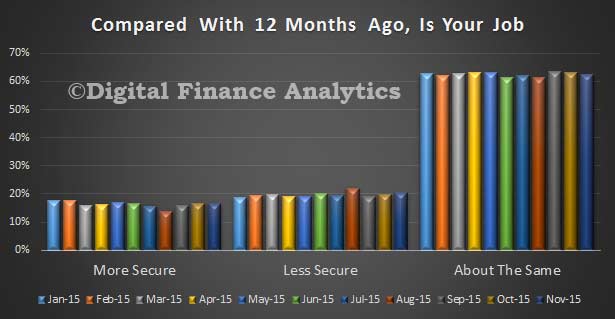When a central bank lifts interest rate targets by 0.5% it expects households and firms to respond. In a crisis, the official target may fall by 3% in order to shock the economy into a positive response. These movements of interest rates by the central bank are an important tool of macroeconomic adjustment
They are also relative to the longer term, or normal rate of interest in the economy. What is interesting now is that rates have been low for quite a long time suggesting the natural rate of interest in the economy has fallen permanently.
A recent research paper from the Bank of England suggests that the global neutral interest rate may settle at or below 1%. To put this in context, the paper suggests that rate was around 5.5% in the 1980s (yes, that is real, so adjusted for inflation).
Central banks will get into a tizz about this because it gives them less room to cut rates to stimulate the economy. It gives the bankers much less room to cut interest rates in a crisis.
The reasons for the fall are broadly that saving has tended to increase and investment to fall; more money is available but fewer people want to borrow, thus driving down rates. The authors of the Bank of England paper argue the trends will not change abruptly so we can expect low rates for a long time.
They suggest savings have tended to increase in part for demographic reasons, because of rising inequality, and from a desire by Asian governments to maintain a financial buffer. The main demographic reason has not been ageing, but a decline in the dependency ratio: as birth rates have fallen, the proportion of people who were not of working age has fallen from 50% to 42% over the last 30 years. With fewer children people have been able to save more.
Piketty and others have pointed out the increase in within-country inequality over the last few decades, and since richer people save more than poor people, this too has tended to boost savings.
At the same time the authors argue that investment has fallen for three main reasons. The most important is the fall in the price of capital equipment which has meant that a given increase in output can now be obtained more cheaply (with a lower investment spend).
Investment by government has also fallen slowly but surely over recent decades, albeit with some uptick in response to the global financial crisis. It is less clear why this has happened but I suspect it is because government revenue growth is limited by sensitivity around taxes, and government expenditure is increasingly directed towards transfer payments. Investment also seems to have fallen because it appears to have become relatively riskier – the return on capital has fallen but not nearly as much as the risk free rate – reducing the inclination of firms to invest.
What does it mean for you and I? Broadly we face a world which advantages investors and disadvantages savers. The returns on our investments in safe assets will be low and investors are likely to take on additional risks in order to boost returns. This makes it hard for Australian investors since banks and miners dominate our exchange: the low interest rate environment is not good for banks, and there is no clear end in sight to the commodity price downturn.
As voters we should be less concerned about public debt than we were. The case for policy changes which stimulate growth has increased, and increased government investment in productive assets is strengthened.
Author: , Vice Chancellor’s Fellow at Victoria University and Adjunct Professor of Economics, Monash University


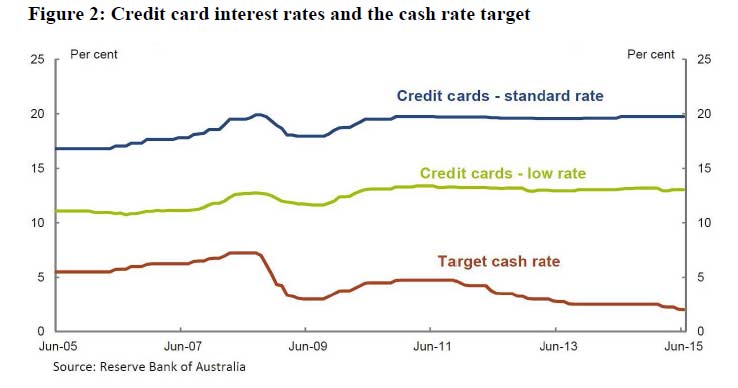

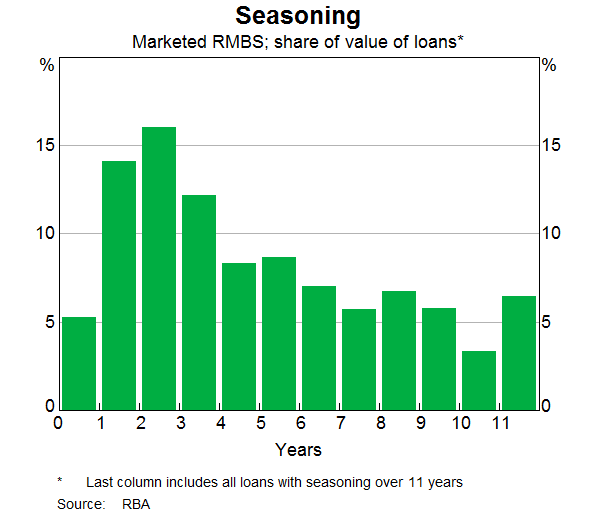
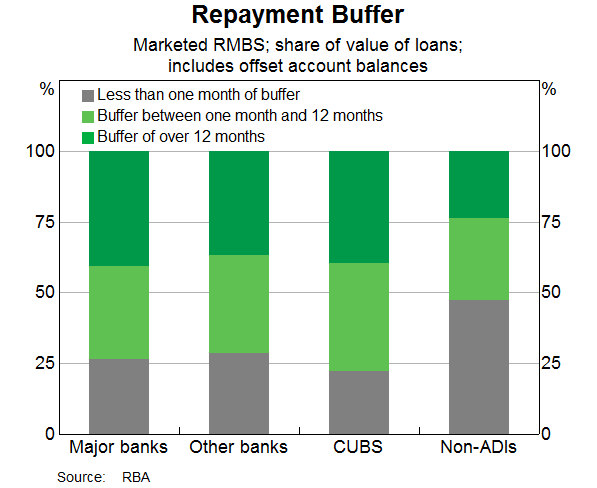
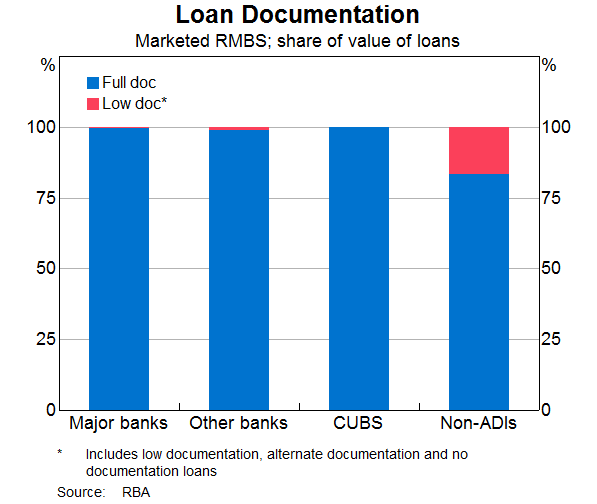
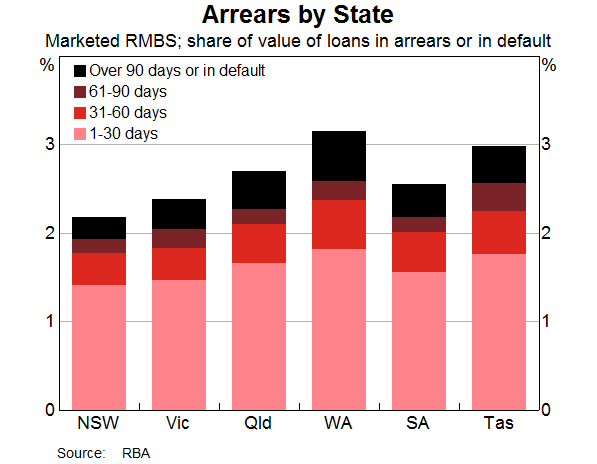 Of course, credit risk is not so much about the averages but the distributions. Having the loan level data enables an insight into the characteristics of the loans in the various tails of the distribution that warrant closer attention. It will also allow an assessment of the correlations between the various drivers of risk that may lead to credit deterioration.
Of course, credit risk is not so much about the averages but the distributions. Having the loan level data enables an insight into the characteristics of the loans in the various tails of the distribution that warrant closer attention. It will also allow an assessment of the correlations between the various drivers of risk that may lead to credit deterioration.